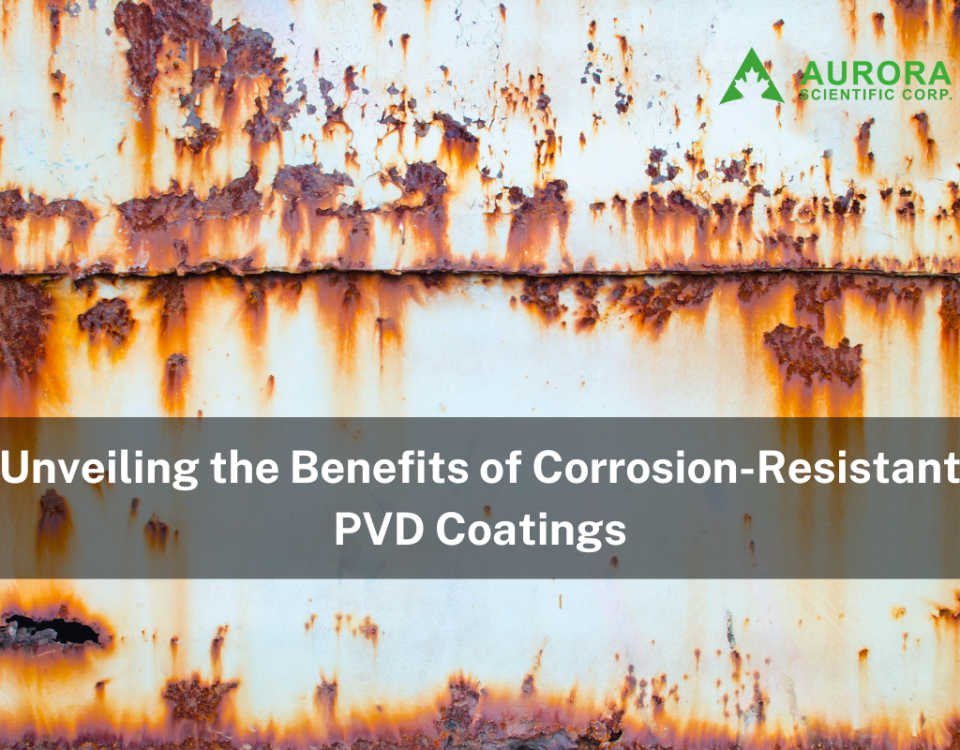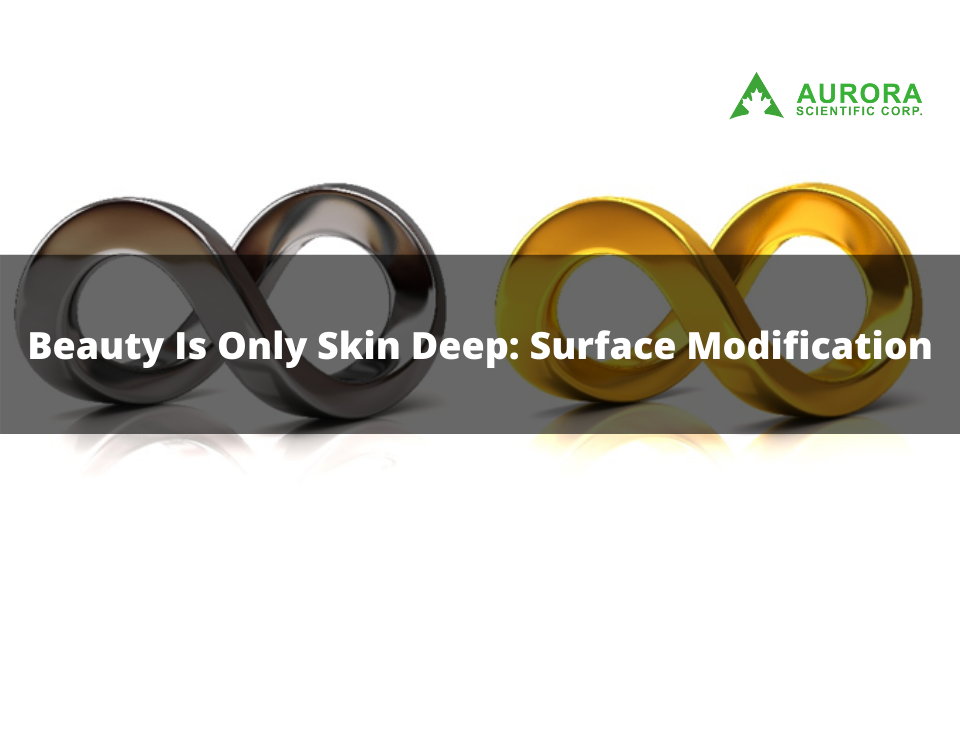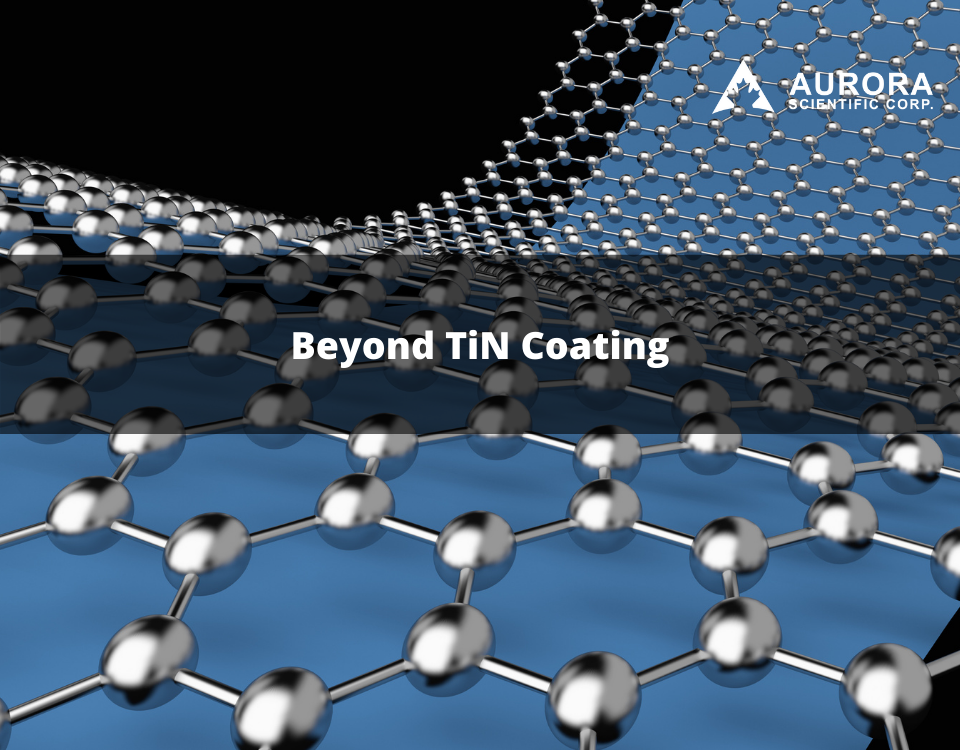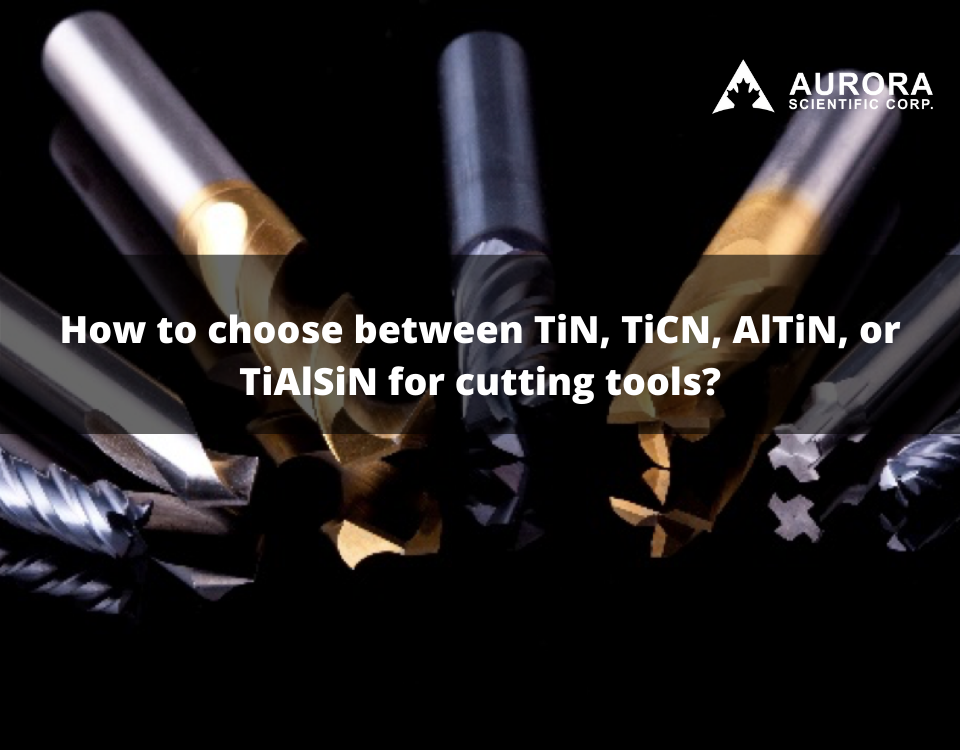January 13, 2025
PVD (Physical Vapor Deposition) coating is widely known for its durability and performance in industrial settings, but it also plays an essential role in decorative applications. In our latest blog post, we explore the aesthetic advantages of PVD coating, from its beautiful finishes to its ability to enhance the visual appeal of products. Whether it’s jewelry, watches, or other consumer goods, PVD coating adds elegance and durability that lasts.






